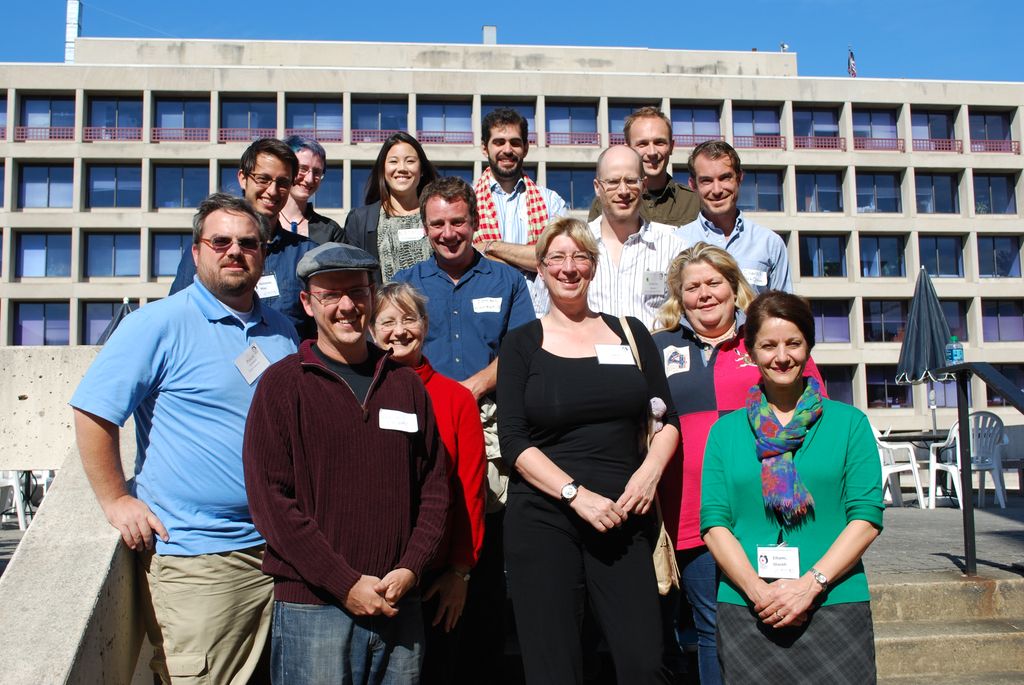The past weekend was busy for the crisis mapping community, with a very full four days of events at the International Conference on Crisis Mapping. While the ignite talks and self-organized sessions were fantastic what capped off the weekend for about 30 of us was the day-long activation simulation of the Digital Humanitarian Network (DHNetwork). This effort was made possible by the support of the ICT4Peace Foundation who provided funding for logistics and for TechChange to design and carry out the simulation. UN-OCHA provided travel support to DHNetwork members who needed assistance in order to ensure that all entities could participate. As well, key observers such as UN-SPIDER, USAID, the State Department, Department of Defense, Harvard Humanitarian Initiative (HHI), and the Woodrow Wilson Center were invited to be present and give direct feedback throughout the day.
The Digital Humanitarian Network consists of member V&TCs, entities that manage networks of technically trained volunteers around the globe, who can be activated to backstop disaster response operations and produce information with limited turn over time. These groups do everything from GIS mapping, crowdsourcing, and data analysis and collection, to volunteer management and process design. While many of the groups have existed for years, the goal of the DHNetwork has been to put them under one umbrella and provide a single place for traditional response entities to reach out and access all the groups.
To help manage the process of activating the DHNetwork, a simulation and workshop was planned for ICCM. Over the course of the day the participants were tasked with identifying synergies across their skill sets, watching and commenting on the activation process, and working through activations in the tsunami response simulation using the case study of Samoa. Through the course of the day the teams got to know each other and were able to apply their skills to table top exercises involving mapping, data collection, and crowdsourcing.
The data that was captured on these processes will be shared in a more formal document coming soon, but the opportunity for the network to work together while having input from observers was fantastic. Lessons were learned by the network members and coordinators about their own internal processes, and the observers were able to contribute their insights on the activation process while seeing what the network could do in action. Along with the support of the ICT4Peace Foundation, special thanks goes to Natalie Chang and Luis Capelo who led the charge in shaping the DHNetwork this summer during their time with UN-OCHA in Geneva.



